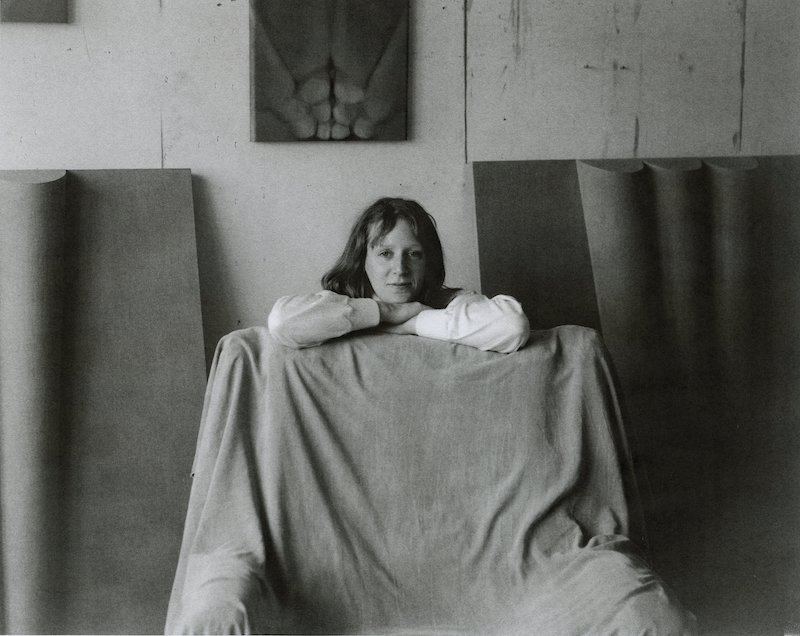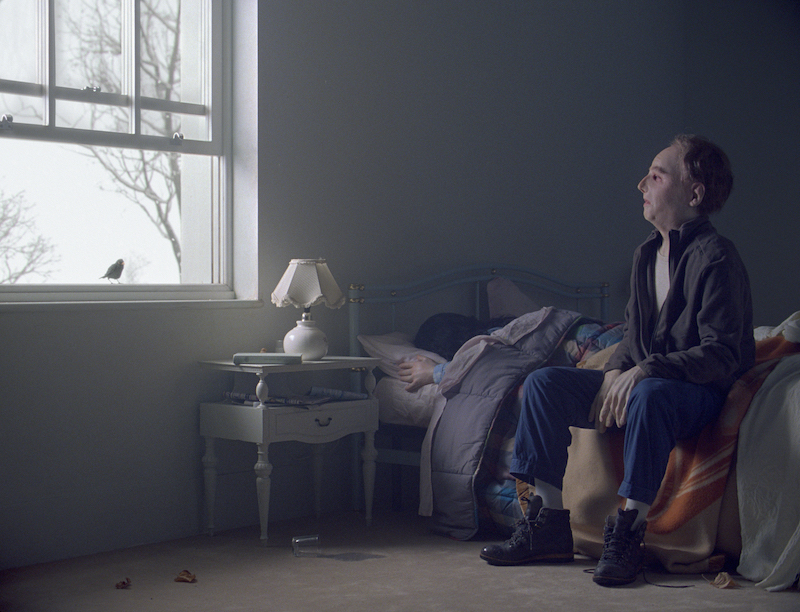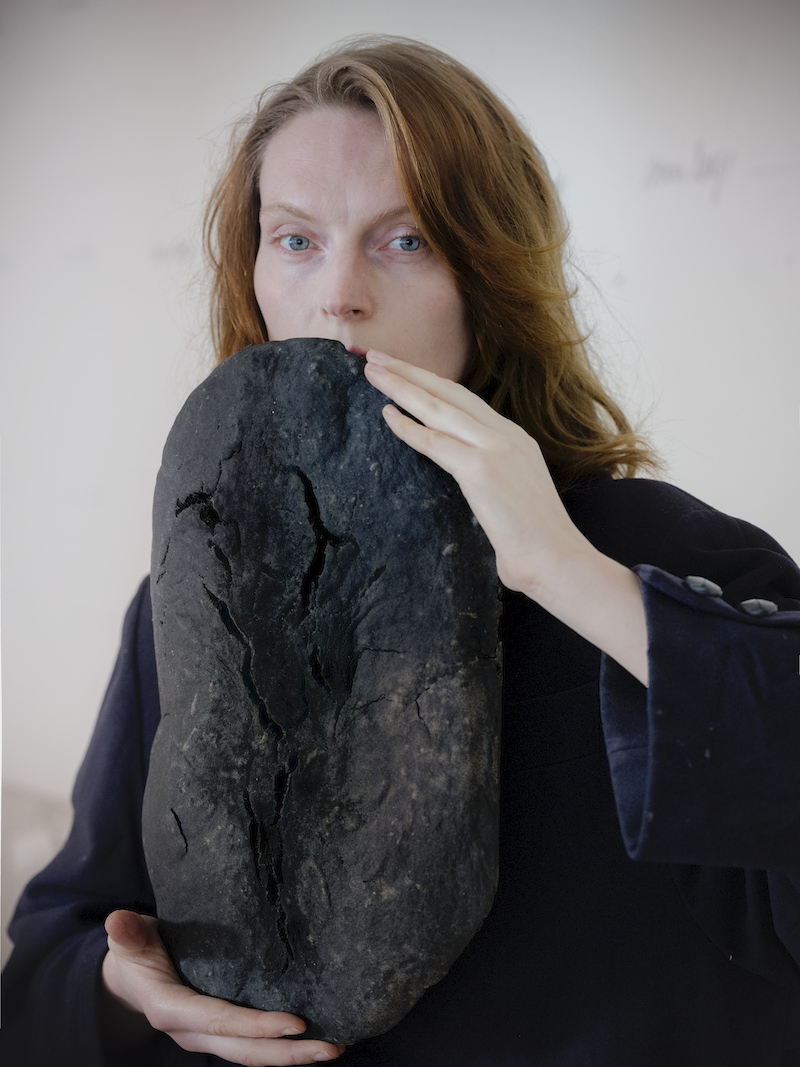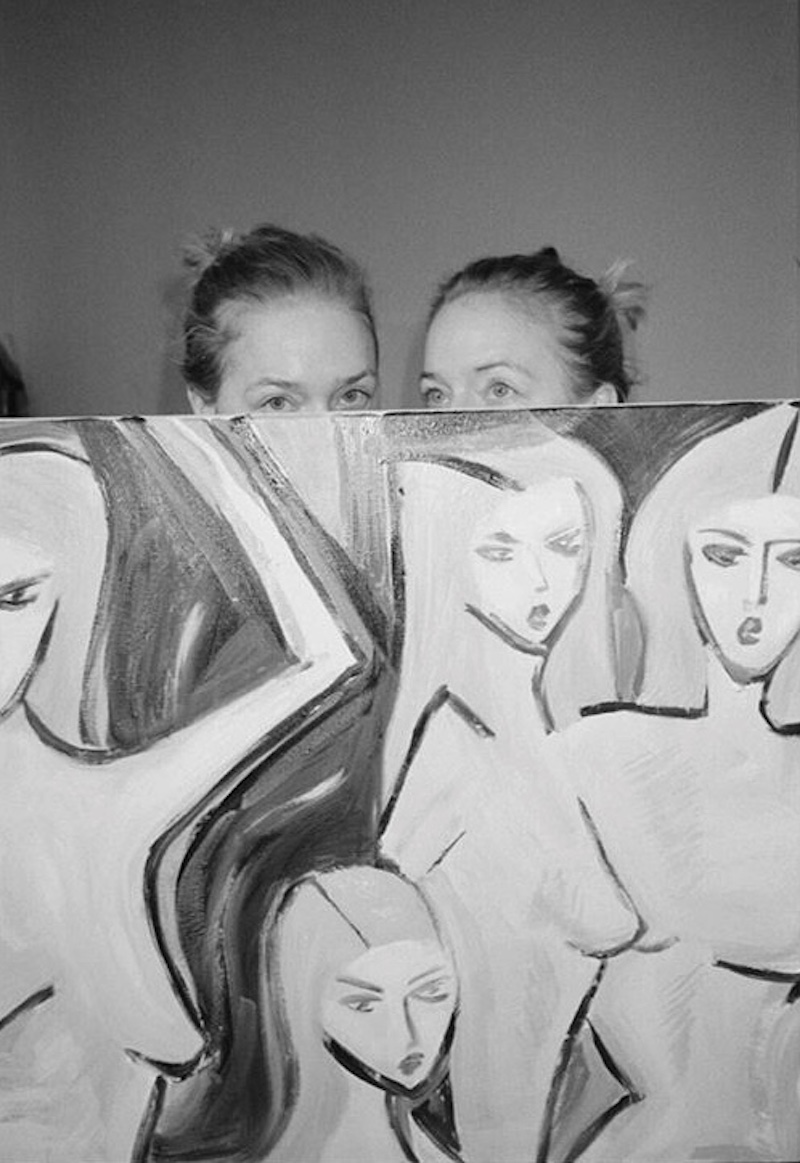Last April, I collaborated with Élise Lafontaine on her exhibition "Dornach Pillars", at Centre Clark in her hometown Montreal, Canada. I was willing to meet up again to take a reflective, perhaps already nostalgic look back at the exhibition. In the course of our discussion, Élise Lafontaine evoked her relationship to painting, from its technique, its history and the representatives that touch her personally, to the very object, in volume, of painting. She spoke about her investigations, proprioception and spatiality, the inner sound of organ pipes, about the architectures that confine her personal memories but also about her almost visceral need to disorientate and to disorientate herself. We took a stroll around the exhibition, through her paintings and current thoughts, and delve into her work, right to the back side of her canvas, or around.











